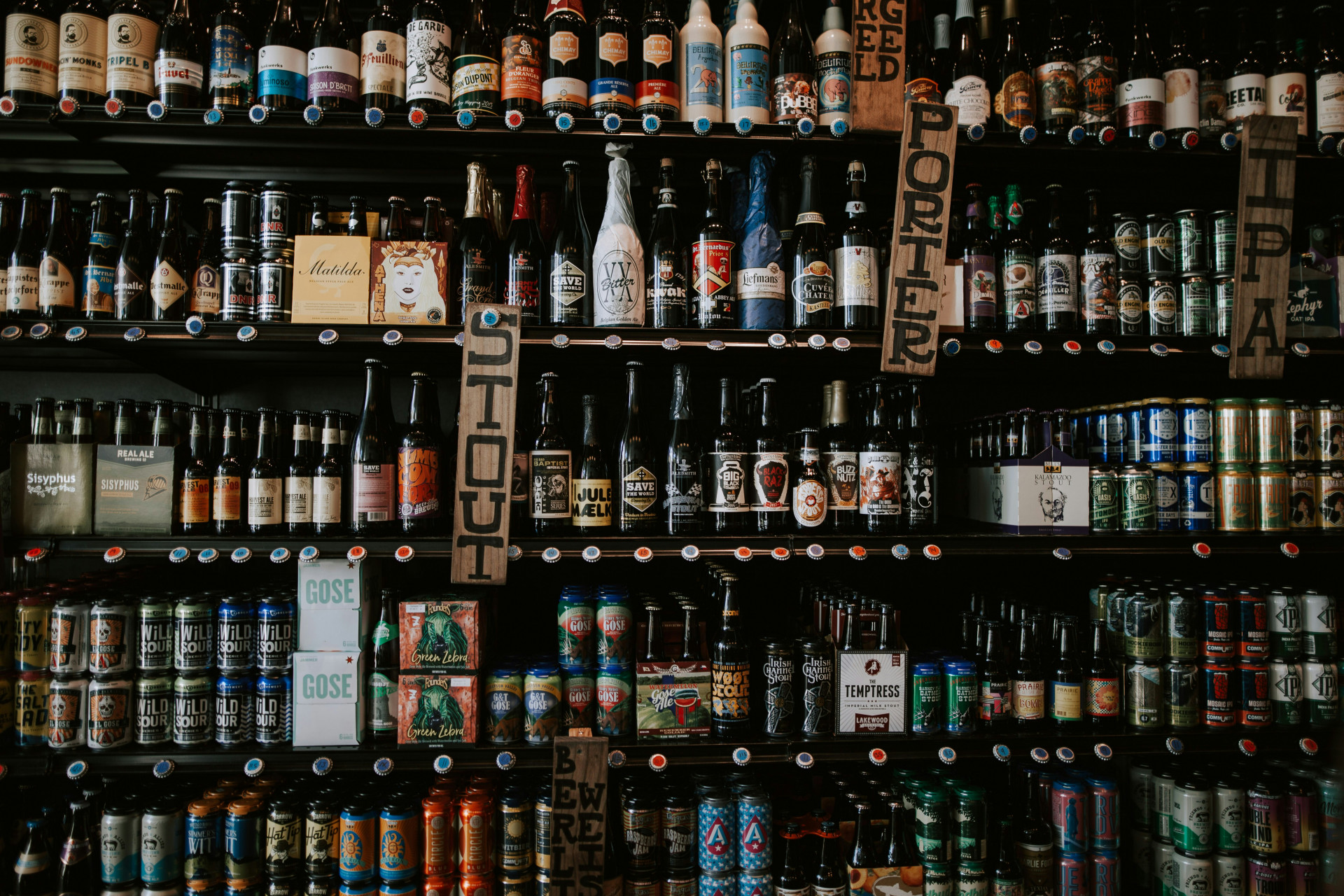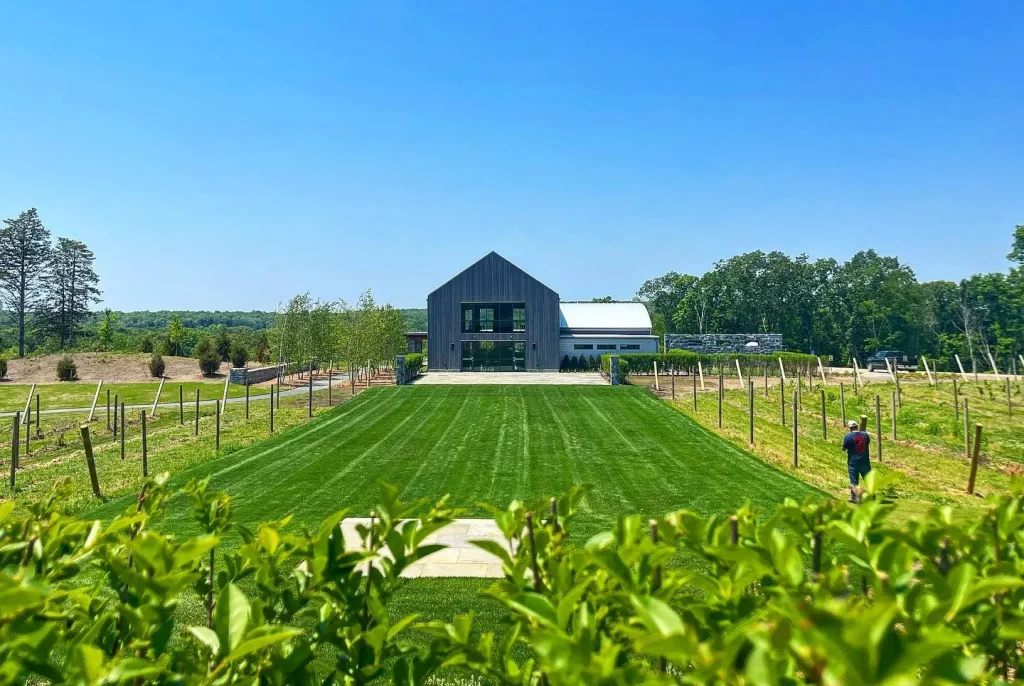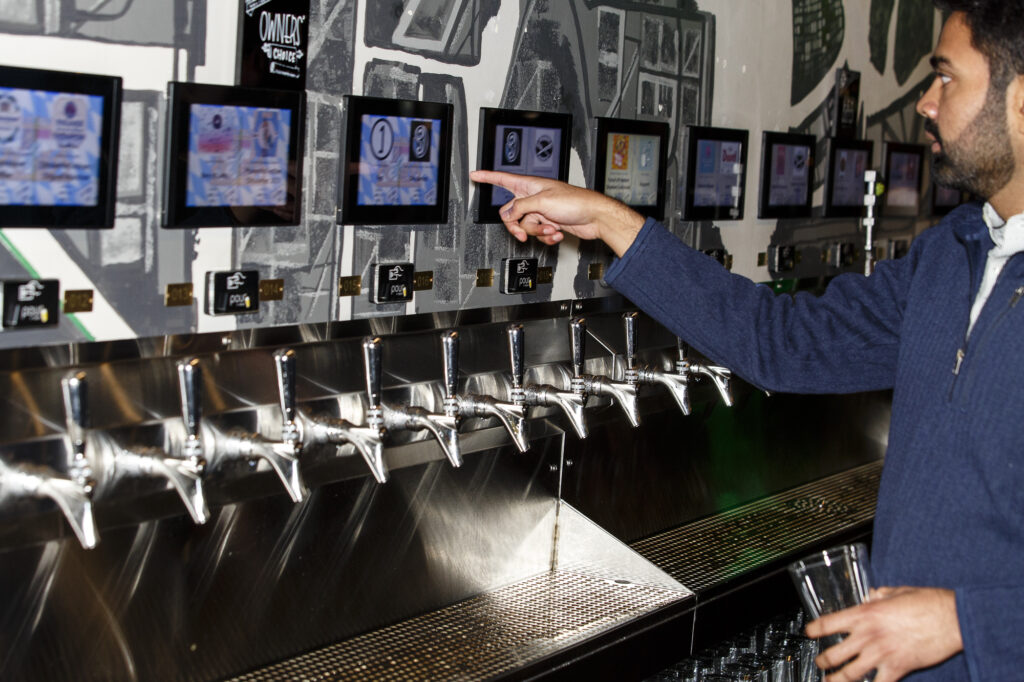Are you a brewery owner or a brewing enthusiast looking to infuse your brewery with innovation and excitement?
To stand out, breweries need creative ideas, captivating themes, and unique concepts that draw in patrons and create memorable experiences.
Explore 25 cool brewery ideas, themes, and concepts that will not only quench your thirst for innovation but also set your local brewing company apart in the craft beer industry.
Key Takeaways
- Immerse Your Brewery in a Unique Theme: A compelling theme or concept can set your brewery apart and create memorable experiences for visitors.
- Engage the Community: Hosting brewery events, collaborating with local artists, and participating in local initiatives can build strong connections with your community.
- Sustainability Matters: Embrace eco-friendly practices and sustainability in your brewery’s design and operations to appeal to environmentally conscious customers.
- Flexibility and Innovation: Be open to evolving and trying new things, whether it’s experimental brewing, themed events, or collaborative ventures with other breweries.
- Telling Your Story: Craft a compelling brand narrative that resonates with customers, making them feel connected to your brewery’s mission and history.
What is a Brewery Concept?
A brewery concept defines the overall theme and experience a brewery offers, encompassing the type of beer produced, the atmosphere, and the customer experience.
It includes key elements like the brewing process, beer styles (e.g., craft, specialty, or traditional), and the design of the taproom or brewery space.
Whether it’s a laid-back, community-focused brewpub or a cutting-edge, experimental brewery, a well-crafted concept helps attract a specific target audience and sets the tone for the brewery’s identity and offerings.
25 Brewery Ideas and Concepts
Breweries today are more than just places that produce beer; they are vibrant hubs of innovation, creativity, and community.
We’ll explore 25 exciting brewery ideas, themes, and concepts that go beyond the brewing process.
1. Farm-to-Glass Brewery
Concept: Source ingredients locally and grow your own hops and grains, creating a connection to the land and a fresh, unique beer experience.
Example: “Trillium Brewing Company” in Massachusetts incorporates locally grown ingredients into their brews.
2. Beer and Food Pairing Brewery
Concept: Elevate the tasting experience by offering carefully curated food pairings that complement your beer offerings.
Example: “The Bruery” in California hosts beer and food pairing events with gourmet cuisine.
3. Barrel-Aged Beer Brewery
Concept: Specialize in barrel aging, producing complex and unique flavors by aging beer in wine, whiskey, or oak barrels.
Example: “Goose Island Beer Co.” is renowned for its barrel-aged beer program.
4. Sustainability-Focused Brewery
Concept: Embrace sustainability practices in brewing, from eco-friendly packaging to using solar energy, and engage customers in your green initiatives.
Example: “Sierra Nevada Brewing Co.” prioritizes sustainability in its operations.
5. Historical Brewery
Concept: Brew beer recipes from different historical eras, providing a taste of the past and educating patrons about the evolution of brewing.
Example: “Dogfish Head Brewery” in Delaware recreates ancient beer recipes.
6. Brewery with Live Music
Concept: Create a lively atmosphere by hosting live music events, showcasing local talent, and providing a stage for both music and beer lovers.
Example: “Lagunitas Brewing Company” features live music in their taproom.
7. Brewery in Nature
Concept: Set your brewery in a picturesque natural setting, allowing visitors to enjoy beer amid scenic landscapes and outdoor activities.
Example: “Tree House Brewing Company” in Massachusetts is known for its rural and rustic location.
8. Brewery with Outdoor Games
Concept: Offer outdoor games like cornhole, bocce, or giant Jenga to create a fun and social atmosphere in your brewery’s outdoor space.
Example: “Russian River Brewing Company” in California has a spacious outdoor area with games for patrons.
9. Artisanal Small Batch Brewery
Concept: Focus on small batch, artisanal brewing, producing limited quantities of unique and experimental beers.
Example: “Jester King Brewery” in Texas specializes in small batch, farmhouse-style ales.
10. Brewery with a View
Concept: Choose a brewery location with stunning views, providing customers with a breathtaking backdrop as they enjoy your brews.
Example: “Odell Brewing Co.” in Colorado features a patio with views of the Rocky Mountains.
11. International Beer Brewery
Concept: Craft beers inspired by different countries and cultures, allowing patrons to explore the world of beer without leaving the brewery.
Example: “The Lost Abbey” in California offers a diverse range of beer styles with international influences.
12. Beer and Art Fusion Brewery
Concept: Collaborate with local artists and display their artwork in your brewery, creating a dynamic fusion of beer and art.
Example: “3 Floyds Brewing Co.” in Indiana showcases art throughout their brewery and hosts art-related events.
13. Brewery in a Historic Building
Concept: Set up your brewery in a historic or iconic building, preserving its architectural charm while brewing modern craft beer.
Example: “Stone Brewing World Bistro & Gardens” in California is located in a historic building.
14. Brewery on Wheels
Concept: Create a mobile brewery that can travel to different events, festivals, and locations, bringing your beer directly to the people.
Example: “Moustache Brewing Co.” in New York operates a mobile bar for events and weddings.
15. Experimental Flavor Brewery
Concept: Push the boundaries of brewing with experimental flavors and ingredients, offering customers a taste of the unexpected.
Example: “New Belgium Brewing” is known for its experimental “Lips of Faith” series.
16. Brewery with Interactive Brewing
Concept: Allow patrons to get involved in the brewing process by offering brewing classes, workshops, or collaborative brew sessions.
Example: “Deschutes Brewery” offers a “Beer 101” course for beer enthusiasts.
17. Brewery in a Historical Town
Concept: Locate your brewery in a charming historical town, becoming an integral part of its cultural and social fabric.
Example: “New Glarus Brewing Company” in Wisconsin is situated in the historical Swiss village of New Glarus.
18. Sports Fan Brewery
Concept: Cater to sports fans with large screens, sports-themed decor, and special beer releases tied to game events.
Example: “Founders Brewing Co.” hosts sports-related events and releases specialty beers.
19. Brewery with Local Ingredients
Concept: Embrace the “farm-to-glass” concept by sourcing ingredients directly from local farms and showcasing regional flavors.
Example: “Hill Farmstead Brewery” in Vermont uses local ingredients for their beers.
20. Brewery with Thematic Events
Concept: Host regular thematic events, such as costume parties, trivia nights, or themed beer releases, to engage and entertain customers.
Example: “Wicked Weed Brewing” hosts various themed events in their taproom.
21. Brewery in a Brewery
Concept: Collaborate with other breweries, hosting guest brewers and offering a rotating selection of diverse beers.
Example: “Stone Brewing World Bistro & Gardens” often features guest beers from other breweries.
22. Brewery with Live Brewing Demos
Concept: Offer live brewing demonstrations, allowing visitors to witness the brewing process up close and ask questions.
Example: “Samuel Adams Boston Brewery” in Massachusetts offers brewery tours with live brewing demos.
23. Brewery with Pet-Friendly Areas
Concept: Create a welcoming environment for pet owners by providing pet-friendly seating areas and amenities.
Example: “The Unknown Brewing Co.” in North Carolina allows dogs in their outdoor space.
24. Brewery with Storytelling
Concept: Craft a compelling brand story and incorporate it into your brewery’s design and marketing, inviting customers to connect with your narrative.
Example: “Sierra Nevada Brewing Co.” highlights its sustainability efforts and history in its storytelling.
25. Brewery with Seasonal Beers
Concept: Offer seasonal beer releases, aligning your brews with the changing seasons and holidays throughout the year.
Example: “Harpoon Brewery” in Massachusetts produces a variety of seasonal and limited-edition beers.
These 25 brewery ideas and concepts are a testament to the creativity and innovation that continue to drive the craft beer industry.
Whether you’re a brewery owner or a beer enthusiast, these concepts offer inspiration and a glimpse into the exciting future of brewing.
Trending Brewery Design Ideas
Brewery design trends in 2024 focus on creating welcoming, social spaces while showcasing the brewing process.
Key design elements include industrial aesthetics, eco-friendly materials, and communal seating to foster a laid-back, inclusive atmosphere.
- Industrial Chic: Exposed brick, metal fixtures, and open brewing areas that highlight the production process.
- Sustainable Materials: Recycled wood, energy-efficient lighting, and eco-friendly decor to promote environmental responsibility.
- Communal Seating: Large, shared tables and relaxed seating arrangements to encourage socializing.
- Outdoor Beer Gardens: Expanding seating options with outdoor spaces for a casual, nature-inspired vibe.
- Brewery Tours and Tasting Rooms: Designated areas that allow customers to engage with the brewing process through tours and tastings.
How to Choose the Right Brewery Concept
Choosing the right brewery concept is essential for aligning your offerings with your target audience while creating a unique experience that sets your brand apart.
By focusing on beer styles, customer experience, and design, you can craft a memorable brewery concept that resonates with your market.
- Identify Your Target Audience: Understand who your customers are and what types of beer and experiences they prefer. (eg. fantasy sports draft events)
- Define Your Beer Styles: Choose whether your brewery will specialize in craft beers, seasonal brews, or experimental styles.
- Determine the Atmosphere: Decide if your brewery will have a laid-back pub feel, a trendy taproom, or an industrial, production-focused vibe.
- Consider Location and Space: Evaluate how your location impacts foot traffic, local competition, and the overall design of your brewery.
- Incorporate Brewing Trends: Stay relevant by integrating trends such as sustainable brewing practices, collaborations, or hosting community events.
How to Design a Brewery?
Designing a brewery is a multifaceted process that combines practicality, creativity, and innovation. Designing a brewery involves several crucial steps:
- Location and Space: Choose the right location that accommodates the brewery equipment, storage, and future expansion. Consider factors like accessibility, zoning regulations, and proximity to suppliers and customers.
- Layout Efficiency: Plan an efficient layout for your brewery that minimizes the need for unnecessary movement during the brewing process. Ensure adequate space for brewing vessels, fermentation tanks, packaging areas, and storage.
- Brewery Equipment: Invest in high-quality brewing equipment that suits the scale of your operation. Consider factors like capacity, automation, and scalability.
- Quality Control: Implement a robust quality control system to maintain the consistency and excellence of your beer. This includes regular testing and monitoring of ingredients, brewing processes, and final products.
- Sustainability: Incorporate eco-friendly practices into your brewery’s design, such as energy-efficient equipment, waste management, and water conservation measures.
- Safety Measures: Ensure that your brewery complies with safety regulations and includes safety features like fire suppression systems, emergency exits, and proper ventilation.
- Aesthetic Appeal: Consider the visual appeal of your brewery. Design a taproom or tasting area that reflects your brand’s identity and provides a welcoming atmosphere for visitors.
- Accessibility: Make your brewery accessible to all customers, including those with disabilities. Ensure ADA compliance in design and facilities.
- Brand Storytelling: Incorporate elements of your brand’s story, history, and values into the brewery’s design to create a compelling narrative for customers.
- Tasting Room Experience: If you have a tasting room, focus on creating an inviting and comfortable space where patrons can enjoy your brews. Pay attention to seating, decor, and entertainment options.
- Event Space: Consider offering event space for brewery tours, tastings, private parties, and special events. This can diversify your revenue streams and enhance the brewery experience.
- Brewery Tours: If you offer brewery tours, design a safe and engaging tour route that provides insights into the brewing process and the brewery’s story.
- Flexibility: Design your brewery with flexibility in mind. As your brewery grows, you may need to adapt the space and equipment to accommodate increased production.
- Community Engagement: Create opportunities for community engagement, whether it’s through hosting events, collaborating with local businesses, or supporting charitable initiatives.








